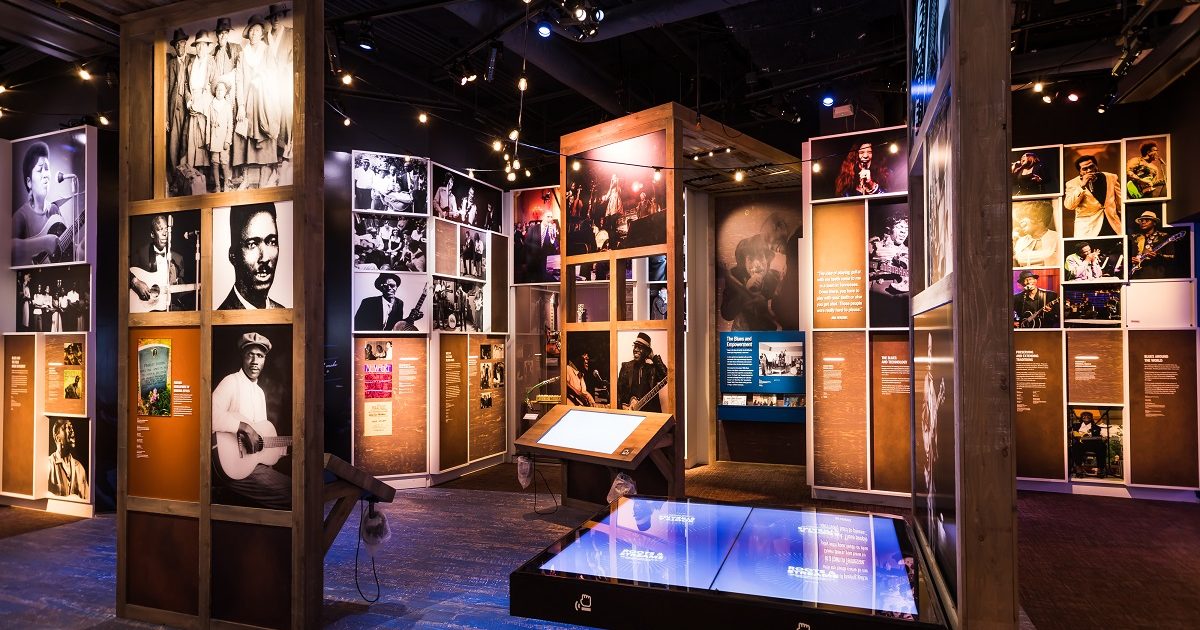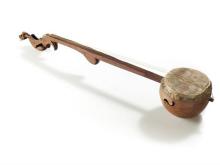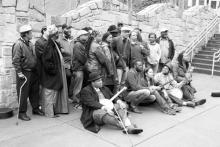Open your eyes and ears to the rich—and surprising—cross-cultural history of the banjo with GRAMMY®-Award winning artist, Rhiannon Giddens. Stream "The Banjo: Music, History, and Heritage" on Wondrium now!
https://www.wondrium.com/the-banjo-mu...
-------
Join renowned musician Rhiannon Giddens as she delves into the fascinating and complex history of the banjo. With her signature blend of musical expertise and historical insight, Giddens explores the African roots of the instrument, tracing its evolution through the centuries to its role in contemporary American music.
Through her engaging storytelling and masterful playing, Giddens reveals the banjo's rich cultural heritage, highlighting the instrument's significance as both a symbol of oppression and a source of empowerment. She draws on a wealth of historical research and personal experience to offer a thought-provoking exploration of the banjo's complex legacy, shedding light on the ways in which music can serve as a powerful tool for resistance, resilience, and transformation.
Whether you're a music lover, a history buff, or simply curious about the banjo's fascinating past and present, this video is not to be missed. Join Rhiannon Giddens as she takes us on a journey through the vibrant and multifaceted history of this iconic instrument, and discover the enduring power of music to inspire, challenge, and unite us all.




